Consider a stress function formulation for the axisymmetric problem discussed in Section 14.2. The appropriate compatibility relation
Question:
Consider a stress function formulation for the axisymmetric problem discussed in Section 14.2. The appropriate compatibility relation for this case has been previously developed in Example 8.11; see (8.4.76). Using the plane stress Hooke’s law, express this compatibility relation in terms of stress and then in terms of the Airy function to get the result:
![0= d dr2 2011) (2-[(-(-3) (4]](https://dsd5zvtm8ll6.cloudfront.net/images/question_images/1705/1/4/2/61065a26952561bf1705142609731.jpg)
Data from section 14.2

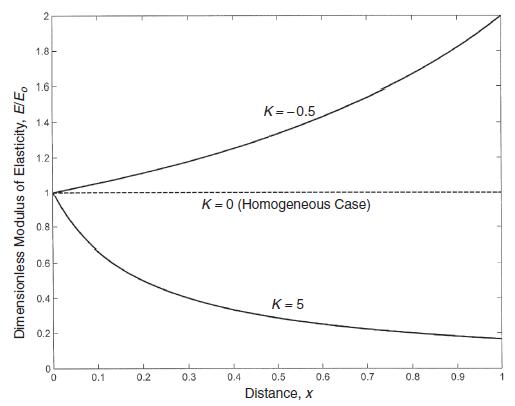

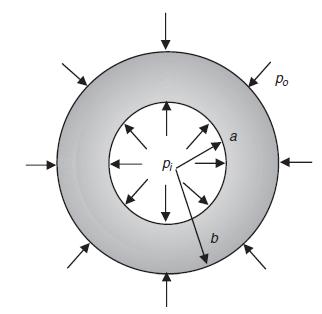
![Or = de E(r) [du 1- (r) dr E(r) 1-v(r) +v(r = du [+(r)]) dr Note that the corresponding plane strain](https://dsd5zvtm8ll6.cloudfront.net/images/question_images/1705/1/4/2/86365a26a4fbf3f41705142863161.jpg)

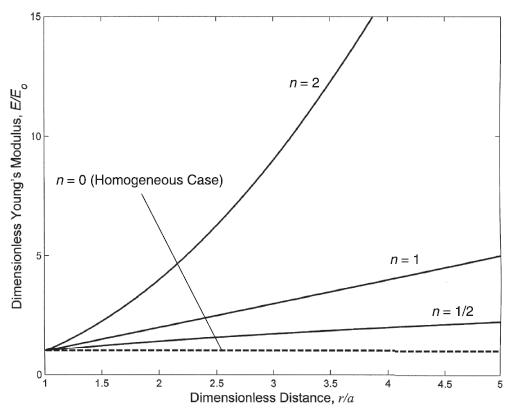
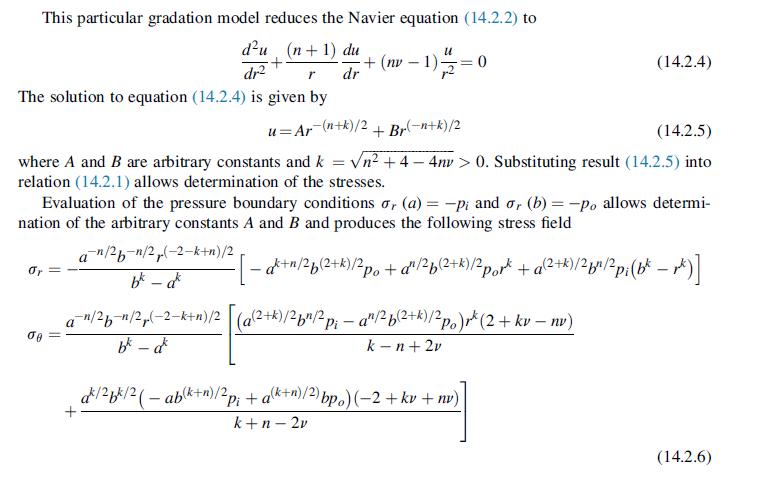
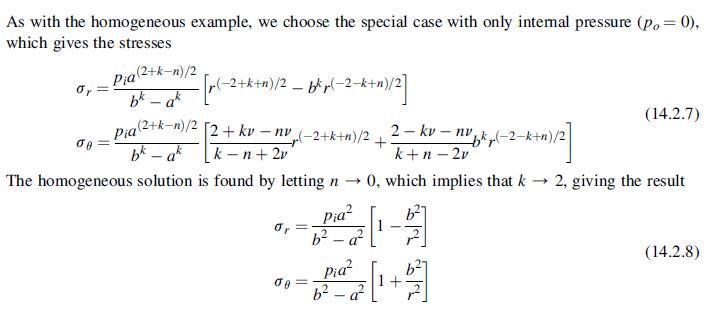



 Data from example 8.11
Data from example 8.11
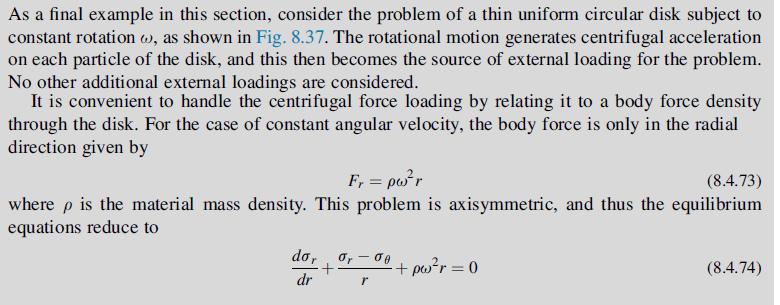


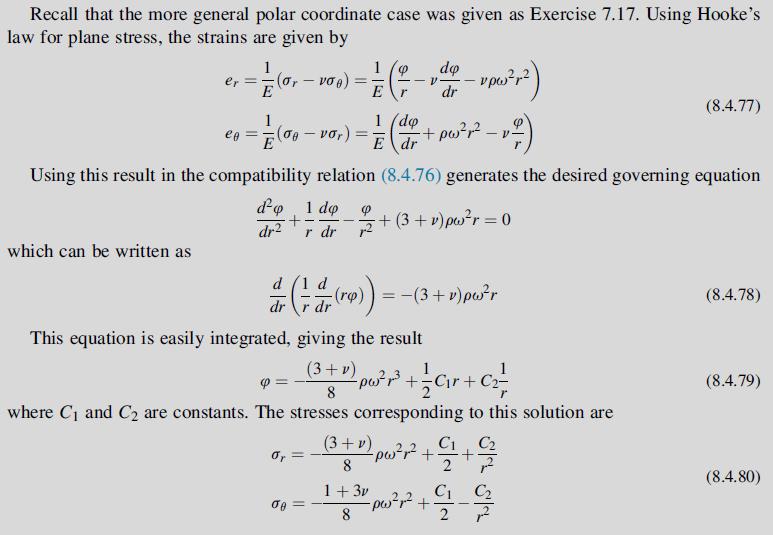
Equation 8.4.76

Fantastic news! We've Found the answer you've been seeking!
Step by Step Answer:
Related Book For 

Elasticity Theory Applications And Numerics
ISBN: 9780128159873
4th Edition
Authors: Martin H. Sadd Ph.D.
Question Posted:





